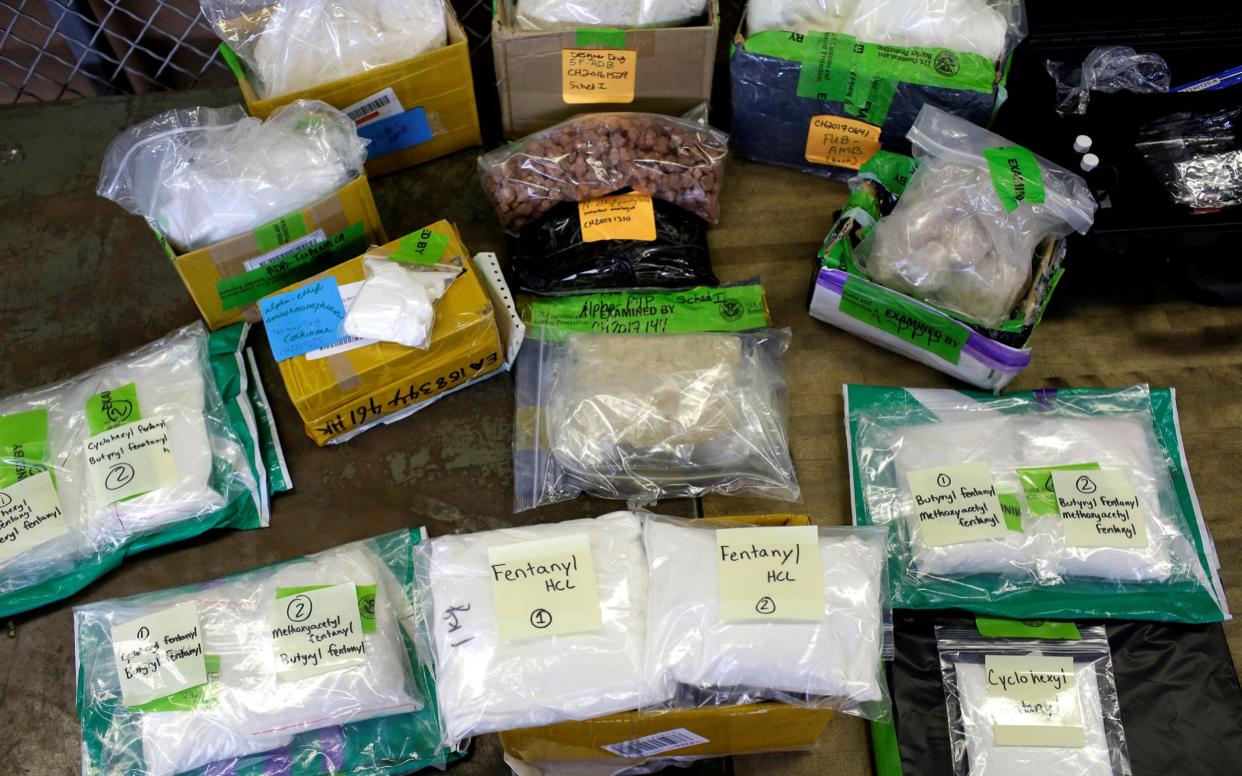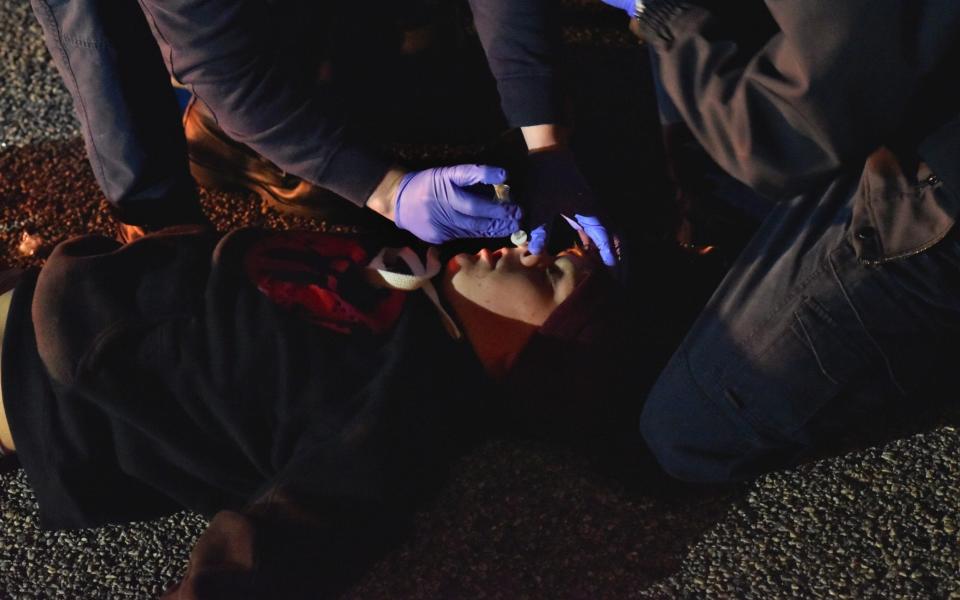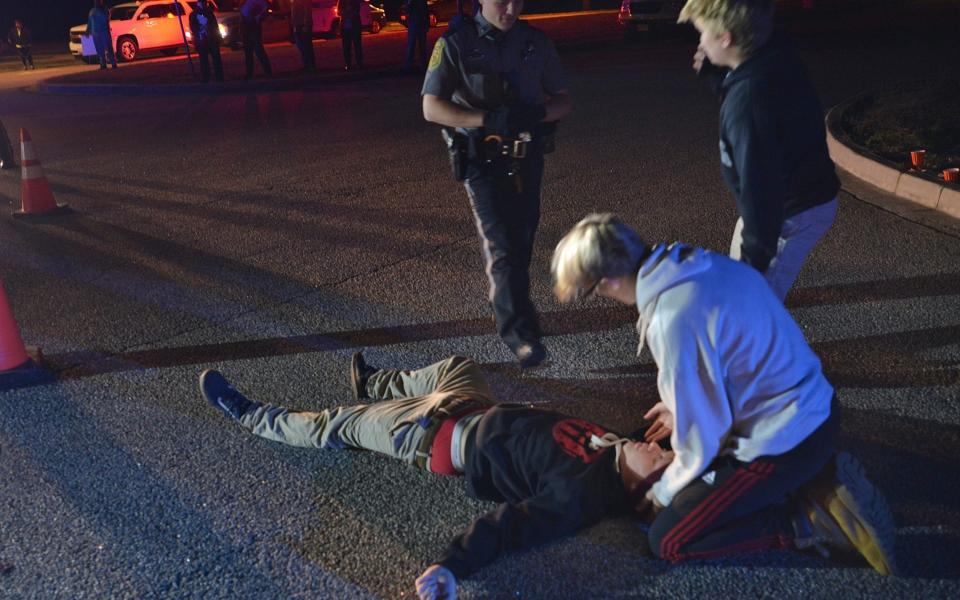US sets drug overdose record in 2019

The United States, battling the world's worst COVID-19 outbreak, was hit with further grim news this week with the announcement of a new record for drug overdoses.
Nearly 71,000 Americans died of drug overdoses in 2019 - a figure which the White House and many experts believe will rise next year, as the coronavirus pandemic sparks despair and unemployment, and drives overdose deaths even higher.
A total of 70,980 drug overdoses were recorded last year. The previous record was set in 2017, with 70,699 deaths.
Preliminary numbers released on Wednesday by the Centers for Disease Control and Prevention show the trend is driven by fentanyl and similar synthetic opioids, which accounted for 36,500 overdose deaths. Deaths involving cocaine and methamphetamine also are rising.
With billions of dollars devoted to ending the opioid epidemic, policymakers had hoped overdose deaths would continue to decline, or at least plateau, after 2018 showed a dip for the first time in three decades.
“We got it to stall out a bit. Now we need to grab on again and not let this get away from us,” said Robert Anderson, who oversees death data for the CDC.

Admiral Brett Giroir, Assistant Secretary for Health, called the news “a very disturbing trend”.
“We understand that there is an extraordinary amount of work to do, especially now as we are also dealing with the Covid-19 pandemic that could markedly affect our nation’s mental health and risk of substance use,” he said.
Initially driven by prescription opioid painkillers, the US overdose crisis “has been shape-shifting”, said Brendan Saloner, an addiction researcher at Johns Hopkins Bloomberg School of Public Health. Users migrated first to heroin and then to fentanyl, a cheaper, stronger drug that displaced heroin in many drug markets.
With more than 30 states showing rising overdose deaths in the new data, Mr Saloner said: “I see a map of despair.”
A small bright spot: a cluster of states in the north-east – Massachusetts, New York, Vermont, New Hampshire and Rhode Island – saw declines. These are states that have shown commitment to preventing overdoses among active drug users and getting people into treatment when they are ready, he noted.
“We definitely should not give up,” agreed Katherine Keyes of Columbia University. “Some states are showing remarkable successes.”

But access to treatment drugs for opioid addiction has improved somewhat, with some government restrictions easing on buprenorphine and methadone. Evidence shows those medicines help people stay in recovery.
The pandemic may have temporarily disrupted the supply of illicit fentanyl from China, said Bryce Pardo, a drug policy researcher at the Rand Corporation, but such temporary shortages in supply wouldn’t be enough for overdoses to turn around.
The pandemic is likely to be creating more demand among users, many experts said.
The US now has 3.5 million confirmed cases, and the rate is rising in 41 states.
More than 50 million people have claimed unemployment since COVID-19 shutdowns began in March.
“People are feeling a lot more despair, anxiety and rootlessness,” said Mr Saloner. “That leads to more problematic drug use and more risk of overdose.”

